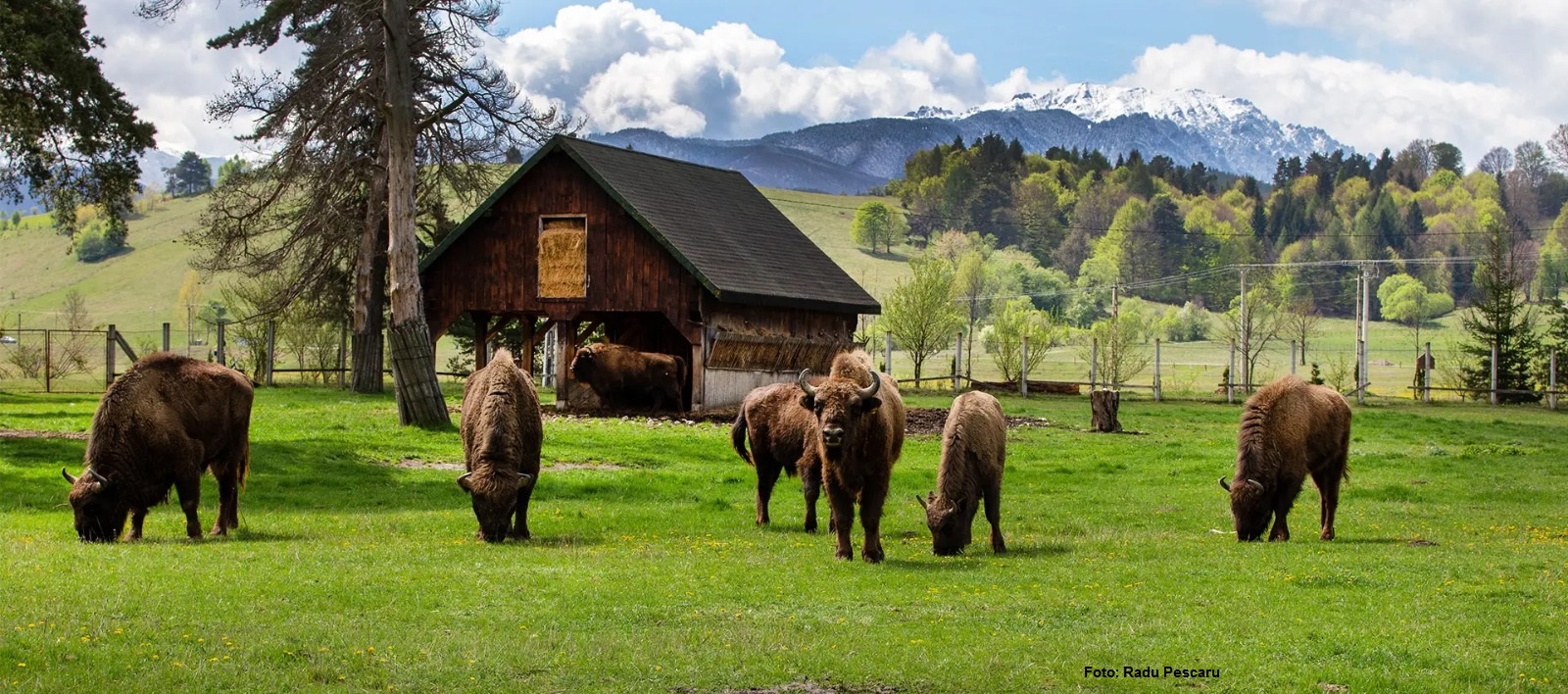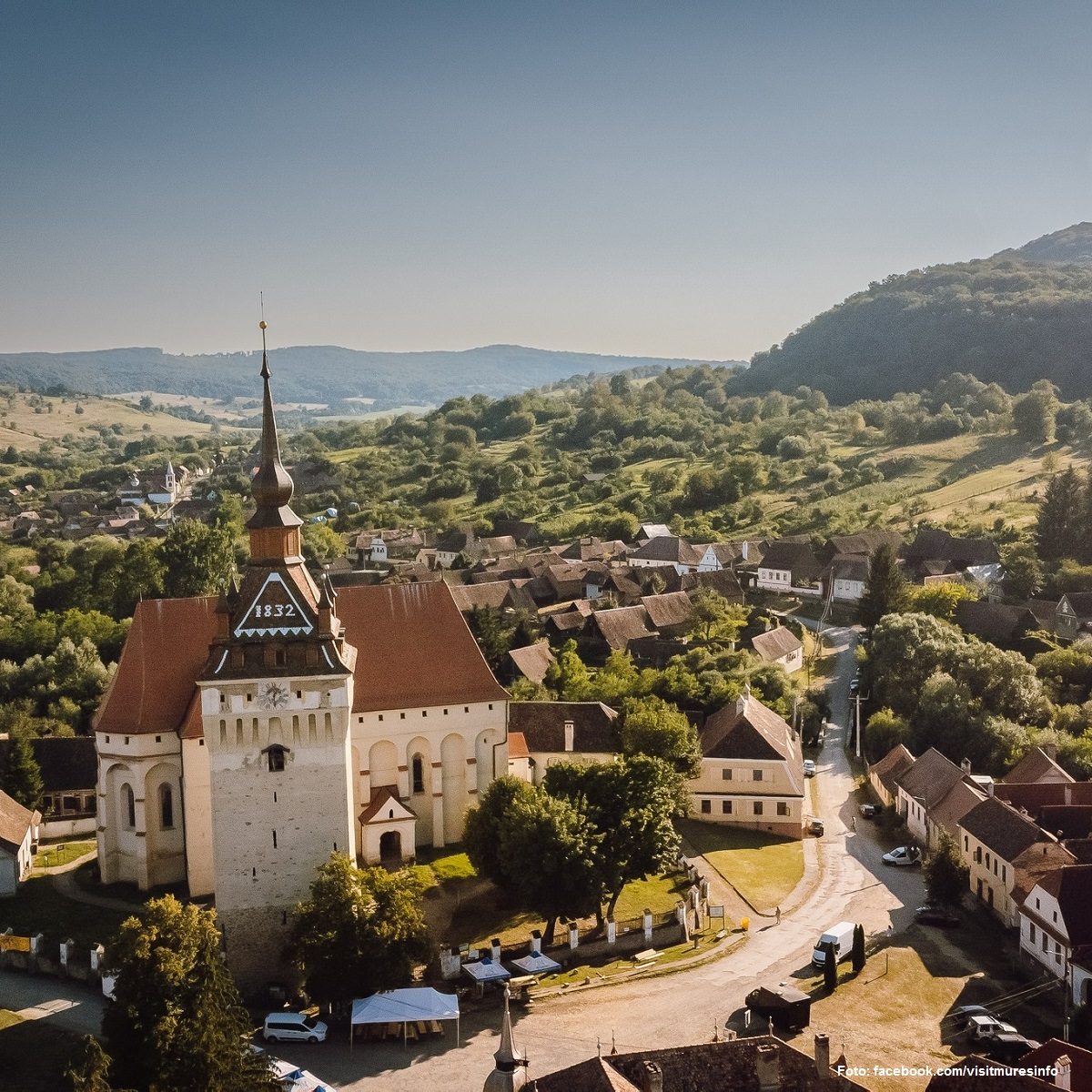Strolling in Suceava
This year, the northeastern city of Suceva celebrates 629 years of documented existence.

Daniel Onea, 15.06.2017, 12:39
Suceava is the seat of the historic region of Bukovina. As such, its calendar of events is never idle. It sports concerts, exhibitions, theme parties and folklore events. Starting this year, the National Tourist Information and Promotion Center offers free city tours.
Ciprian Negrutu, an inspector with with Suceava County Council, recommends the city as the perfect destination all year round: “Bukovina, as you know, is one of the most beautiful regions of the country. It is great for active, cultural and spa tourism. We recommend mountain walking, rafting, fishing, hunting, or horse riding. Here we have the Citadel of Suceava, built by ruler Petru Musat of Moldavia. We also have four of five churches that are historic monuments. The History Museum has reopened, new and improved. Also, the city has preserved well its Austro-Hungarian heritage.”
The permanent collection of the History Museum is hosted by an early 20th century building. This historic monument has the original facade almost untouched, as opposed to the interior, which has undergone many changes along the years. It used to be the office of the Austro-Hungarian prefect of the region, and the latest changes were operated between 2014 and 2016, funded under a European project. The museum exhibition showcases local history, starting with the many ancient artifacts dug up by archeologists. The exhibits are labeled accordingly, with explanations of their historical context, available by touchscreen devices throughout the exhibition.
Claudiu Brădătan, coordinator of the Tourist Information and Promotion Center, told us that Suceava is becoming more and more attractive as a tourist destination: “That is because last year the Citadel of Suceava went through a restoration program, and now looks great. It provides an opportunity to discover the city with all its attractions. Bukovina is famous all over the world for its old painted monasteries, located outside Suceava. Also, we are trying to draw attention to the citys tourism potential. Our center offers tours of Suceava, with expert guides. They run two days a week, popularizing the local tourist objectives.”
The Citadel of Suceava, built in late 14th century to defend the city, was the seat of Moldavias rulers for almost 200 years. Nowadays it is a major national tourism objective. The medieval ensemble of buildings was consolidated under a vast project running between 2011-2015. It is a major novelty in Romania, with its multimedia systems displaying its medieval history, alongside video projections showcasing the citadels history. One of the most appreciated things for visitors is the interactive medieval history book on the evolution of Moldavia. The Citadel of Suceava is the venue for one of the free tours on foot provided free of charge by the Tourist Information and Promotion Center.
Claudiu Brădătan: “What we called our must see tour takes you to the St. John Monastery, the Bukovina Village Museum, the citadel, and the History Museum. The latter is a jewel of architecture, as well as an exceptional museum. Last year we finished restoring it, and we can say that it is one of the most modern Romanian museums. The must see tour takes around five hours, and is the shorter of the two, aimed at tourists who only pass through the town and have an afternoon to spare.”
The second tour is a tour of culture, which Claudiu Brădătan highly recommends: “This tour is seven to eight hours long. In addition to the objectives covered by the previous tour, we also include the Holy Resurrection Church, one of the oldest in the city, the New St. John Monastery, the St. Dimitrius church, and a beautiful Catholic cathedral, St. John Nepomuk. This is the focal point for the Polish community in Bukovina. Our area is famous for accommodating many ethnic groups cohabiting in peace for centuries.”
The Tourist Information and Promotion Center is situated in the heart of the city. It is easily accessible, and it offers a number of services, such as luggage storage, Internet access and printed tourist information material. At present, the center is focused on the city of Suceava:
“We know very well that tourist agencies prefer to cover the monasteries, to the detriment of the city. We want to promote Suceava as a tourist destination, and as a city break destination. The airport underwent upgrading works in 2016, and the traffic there is impressive now. We want to show that Bukovina is more than its monasteries.”
Claudiu Brădătan told us that most foreign tourists stepping into their center knew Bukovina as a destination for active tourism, which is why they wanted to prove that visiting Suceava and its surroundings is an alternative worth pursuing.






























